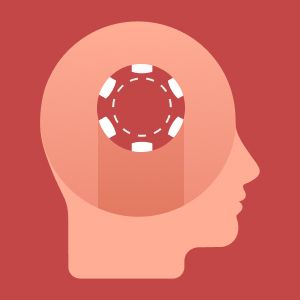Case studies provide insights into the percentage of gamblers who deliberately self-exclude. A recent study investigated problem gambling in Ontario, Canada. The research also included self-exclusion programs.
Gambling legalization has increased the risk of problem gambling in a community by 1-2% of the general population, according to studies. As of 2015, 17,860 Ontarians took part in the voluntary self-exclusion program. Therefore, the population consists of the following subgroups:
- The population of Ontario is 13.6 million people
- The estimated number of potential problem players in Ontario (1.5% of the population of 13.6 million) is 204,000
- Volunteers in Ontario's self-exclusion programmes total about 18,000
Based on these figures, around 9% of prospective problem gamblers prefer to self-exclude. In Ontario, the citizens of the towns with gambling facilities are the most impacted.
















